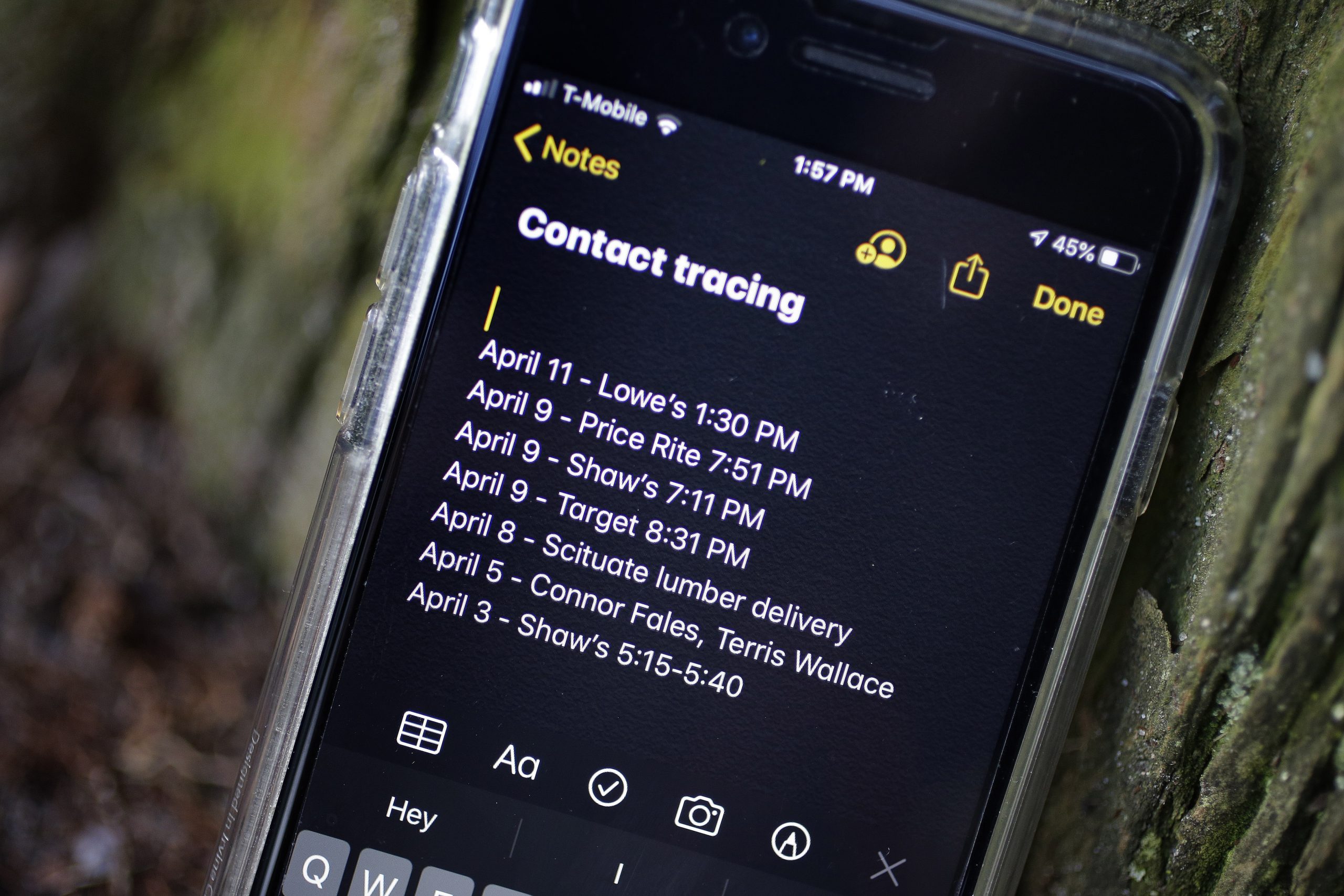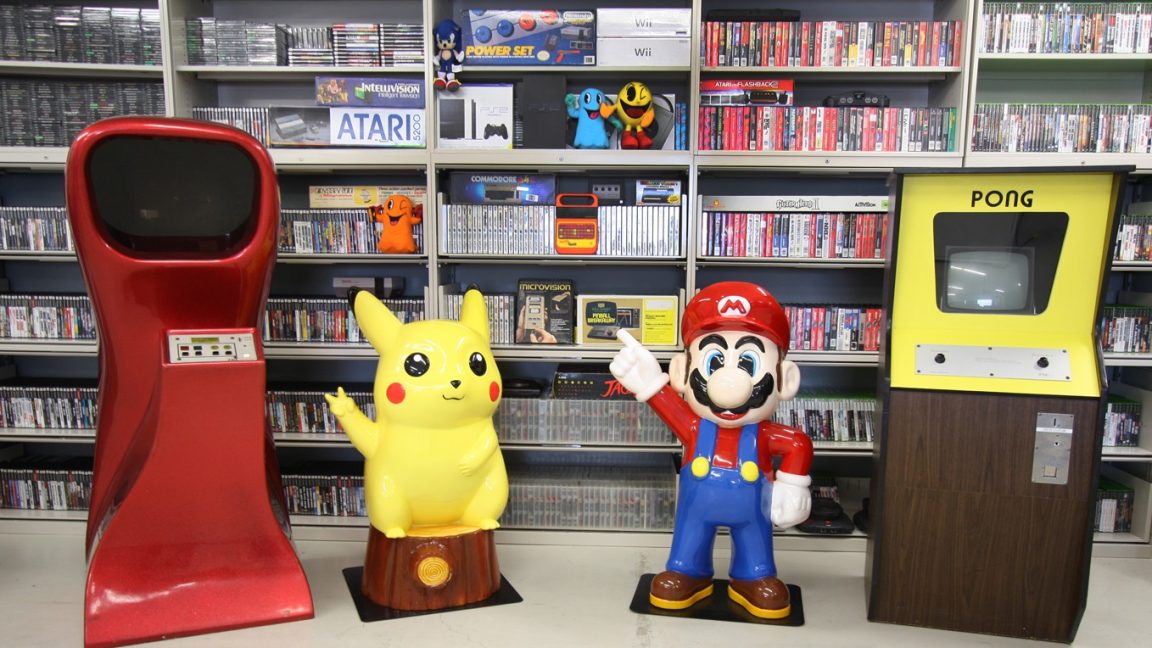After what feels like the longest March and April in human history, hundreds of millions of us are itching to reboot the world and get schools, retail, and every other "non-essential" part of society up and running again. Before we can safely do that, though, we'll need an enormous increase in our ability to perform contact tracing—identifying and contacting everyone who's been in contact with a person infected with COVID-19 so that they in turn can hunker down in quarantine and avoid infecting others.
Contact tracing in a small or medium-size community is one thing, but doing it at scale is quite another. There are roughly 330 million people living in the United States, and reaching them all, even with a small army of trained contact tracers, is a challenge, to say the least. Scale, however, is one thing modern technology excels at, so Apple and Google have proposed a platform that would let everyone's smartphones become part of a massive national contact-tracing network.
Before the platform is even developed, though, it's showing two huge problems. First, billions of phones won't be able to use the tech. And second: even among those who could, a solid half of Americans would refuse to because they don't trust insurers or tech companies with their health data.
The 82 percent of US adults who have smartphones are exactly split on the issue, according to poll data released today by The Washington Post and University of Maryland. Half of the poll respondents said they probably or definitely would use a contact-tracing app, and the remaining half said they probably or definitely would not.
While a majority of respondents (57 percent) expressed a reasonable amount of trust in public health agencies, less than half (47 percent) said they trust health insurance firms, and only 43 percent said they trust tech firms such as Google or Apple.
Overall, the poll indicates that only 41 percent of American adults have both the technological capacity and the will to use a contact-tracing app. That's a problem, as research suggests that digital tracing would have to reach about 60 percent of the population to be most effective.


